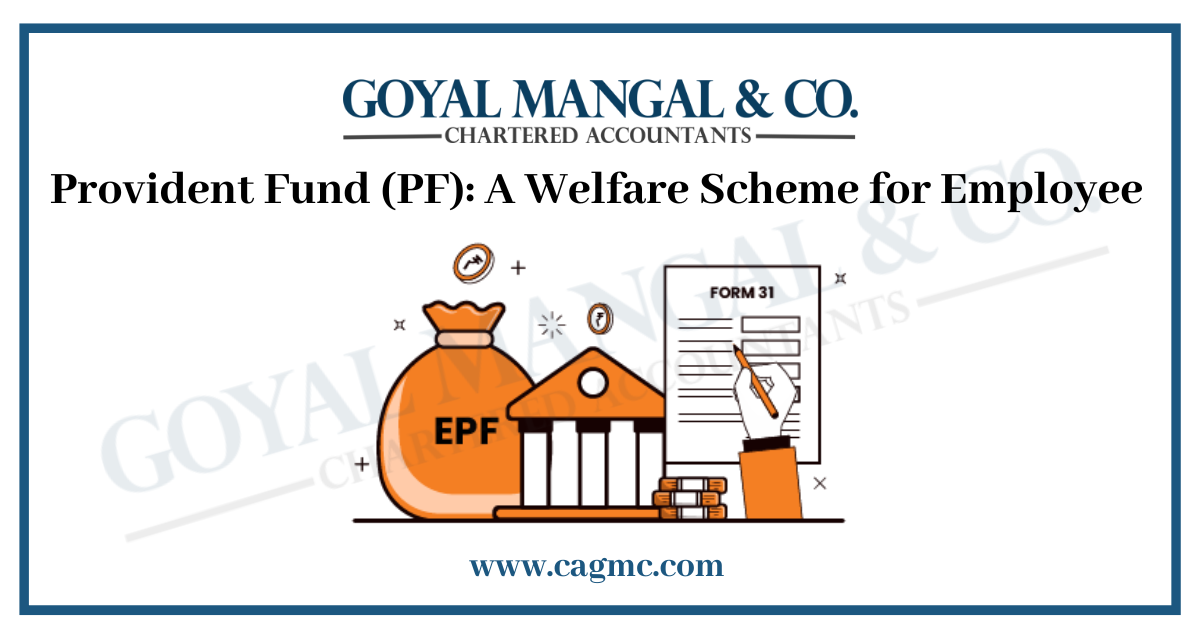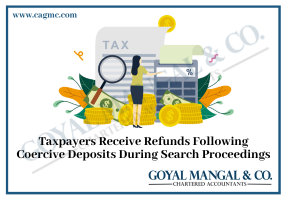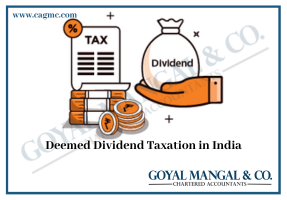 The Employees’ Provident Fund Organization administers the EPF (Employees’ Provident Fund) retirement benefits plan (EPFO). The employee and the employer both contribute 12% of the base salary and dearness allowance to the EPF system on a monthly basis. EPF is a tax-advantaged investment vehicle that provides substantially higher interest rates. The Employees’ Pension Scheme receives a portion of the employer’s contribution (8.33% of the total 12%) (EPS).
The Employees’ Provident Fund Organization administers the EPF (Employees’ Provident Fund) retirement benefits plan (EPFO). The employee and the employer both contribute 12% of the base salary and dearness allowance to the EPF system on a monthly basis. EPF is a tax-advantaged investment vehicle that provides substantially higher interest rates. The Employees’ Pension Scheme receives a portion of the employer’s contribution (8.33% of the total 12%) (EPS).
|
Table of Contents |
Short Glimpse
For the betterment of the future of industrial workers The Employee Provident Funds, 1952 was enacted for the betterment of future of industrial workers:
- On retirement.
- For the dependents in case of death of employment.
This Act is to provide social security to employees and provides benefits for retirement and old age the object of this Act is to coach non-withdrawable financial benefits; the sum is payable normally on retirement or on the death of the employee. The administration is done by:
- The Central Board
- The State Board
- Regional Committee
- Chief executive Committee
Appointed and Constituted by the Central Government. The government reported in May 2016 that about 43,000 crore lies in inoperative accounts of the EPF (Employees’ Provident Fund), although the meaning of inactive accounts changed after the November 2016 notification. Earlier the account was inactive if an individual stopped contributing to PF for three years or more. But now three years after a person’s retirement an account is considered inoperative if he/she is at least 55.
Provident Fund: A welfare scheme for Employee
A Provident fund is a welfare scheme for the benefit of the employees. Under this scheme, a certain sum is detected by the employer from the employee’s salary as his contribution to the Provident Fund every month. The employer also contributes a certain percentage of the salary of the employee to the provident fund. The interest earned on these investments is also credited to the provident fund account of the employees. At the time of retirement, the accumulated amount is given to the employee, if certain conditions are satisfied.
Benefits of Employee Provident Fund
The following are the benefits of the Employee Provident Fund:
- Tax-free savings Benefit
- Postretirement Benefit
- Post-death Benefit
- Pension Benefit
- Insurance Benefit
Types of Provident Fund
The following are the types of Provident Funds:
- Statutory Provident Fund (SPF)
- Public Provident Fund (PPF)
- Recognized Provident Fund (RPF)
- Unrecognized Provident Fund (URPF)
Let us discuss them one by one in detail.
Statutory Provident Fund (SPF)
This scheme is set up under the Provident Funds Act, 1925 and the scheme is maintained by government and Semi government organizations, educational institutions, railways, local authorities, etc. It is also known as the General Provident Fund (GPF). The employer’s contribution towards Statutory Provident Fund and interest credited on the accumulated balance are not to be included in the income of the employees and so it is ignored. When the employee retires or leaves the service, any amount received from the provident is not included in the employee’s total income, being exempted income.
Public Provident Fund (PPF)
This scheme of public provident funds is available for every person regardless of whether they are employed or unemployed. The minimum rate should be Rs. 500 and the maximum amount is up to Rs 1.5 lacs. This amount is paid after 15 years. It is one of the most profitable programs for future savings and investment.
Benefits of Public Provident Fund: The following are the benefits of the Public Provident Fund:
- Public Provident Fund is Risk-Free: Public Provident Fund is backed by the Indian government and is guaranteed. Public Provident Fund is a fixed return scheme, providing an excellent approx. 8% return annually. The scheme is backed by the central government of India.
- Tax deduction in Public Provident Fund: Investing in Public Provident Fund comes with a tax rebate of up to Rs. 1.5 Lacs under Section 80C. Public Provident Fund follows the Exempt-Exempt-Exempt model of taxation which implies that the interest earned and the maturity amount both are exempted from taxes.
- Public Provident Fund is a Long-term Investment: It is an excellent option for those who wish to invest long-term with assured returns. Since the Public Provident Fund account is a long-term investment; the investor is eligible for interest on interest means compounding benefit on one’s deposits. PF account is to start small savings from investors for an extended period. The Central Government fully guarantees the scheme.
- Premature Withdrawal: A person can withdraw from Public Provident Fund in 15 full-financial years. This is extendable in a block of 5 years.
Recognized Provident Fund (RPF)
The recognized Provident Fund is very important and popular and is a fund that is recognized by the commissioner of income tax under the Income Tax Act, 1961. All companies with more than 20 employees contribute to the Provident Fund. Employees can set up the scheme for their contributions in their own Provident Fund trust or follow the Provident Fund commissioner system, but the Commissioner of the Income Tax Department must approve all schemes.
Unrecognized Provident Fund (URPF)
It is the provident fund that is not recognized by the commissioner of Income Tax, employees and employers both contribute towards this fund. The Commissioner of Income Tax does not recognize these funds. With this insurance fund, contributions made during the financial year are not subject to tax. Interest credited by the fund will be taxable under income from other sources not as salary income.
Conclusion
Major social security legislation in India for benefit of the workers in general employed industrial/commercial sectors. This Act is to provide social security to employees and provides benefits for retirement and old age the object of this Act is to coach non-withdrawable financial benefits; the sum is payable normally on retirement or on the death of the employee. Provident Fund is a welfare scheme brought into force to secure a better future for employees.







